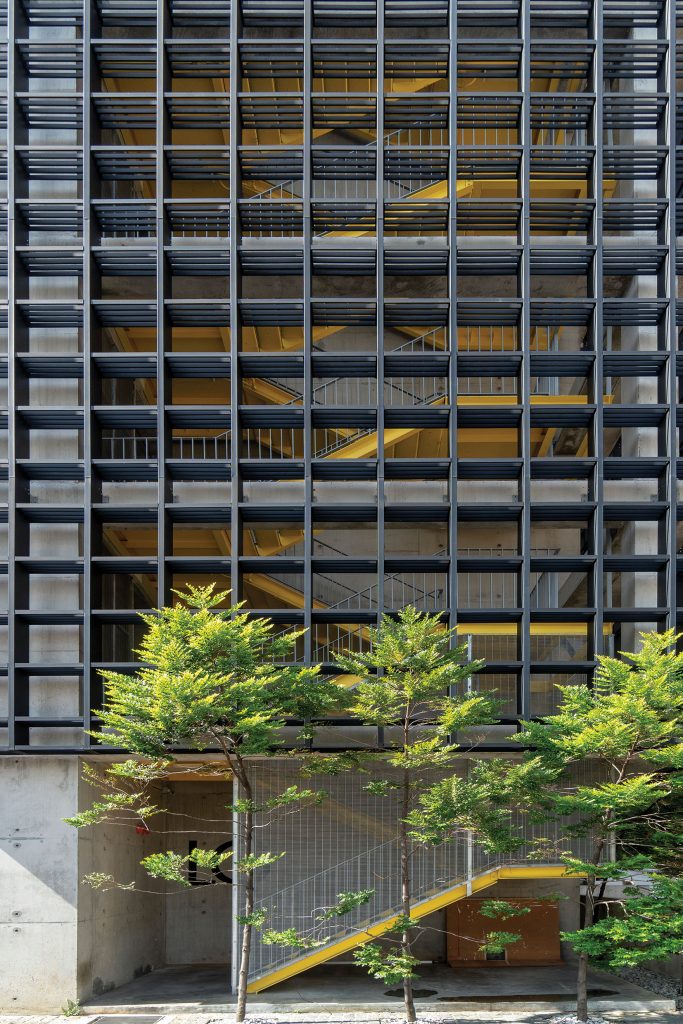Demand for Green buildings in Malaysia—A Snapshot
May 20, 2021
The demand for energy-efficient and sustainable buildings with healthy work environment is a growing trend, especially in developed economies. Occupiers may conduct portfolio reviews to understand which buildings match carbon neutrality targets. For example, there is demand by occupiers in the United States on environmental, social and governance (ESG) elements not only for office but for industrial space. They also consider the locations to reduce transportation costs and lower carbon footprint. Developers look into these aspects and monitor their performance based on selected criteria to reach the expected goals.
The built environment: Its role in improving health and well being

Malaysia made a commitment to reduce by 2030 its carbon emissions per unit of GDP by 45 per cent from the level in 2005. Malaysian Green Technology Corporation (GreenTech Malaysia) is spearheading this and has a guiding document called Low Carbon Cities Framework (LCCF). The key elements include reducing carbon emissions by optimising energy use and water consumption, and adding Green spaces. Carbon emissions in cities will also be assessed. Overall carbon reduction level will be awarded with carbon assessment performance recognition. By 2030, GreenTech Malaysia and the Ministry of Science, Technology and Innovation (MOSTI) target to establish and designate 200 low carbon zones across the country and at least 1,000 Low Carbon Cities Partners.
Master plan for a sustainable urban district in Malaysia

Currently, there are at least 389 registered Green Building Index (GBI) projects in Malaysia. There is no compulsion that necessitates companies or occupiers in Malaysia to undertake reviews to find out which buildings match carbon neutrality targets. However, multinational companies (MNCs) are committed to move into a Green building, especially where there are cost savings for their branches globally. For instance, if offices or industrial spaces can be more efficient in saving electricity cost, these cost savings do add up significantly across their branches worldwide.
Benchmarking the benchmark: Reflections on the 10th Anniversary of Malaysia’s Green Building Index
For MNCs, moving into a Green building is an easy win to show their commitment towards this global cause to reduce carbon emissions. A Green building is after all designed to ensure best efficiency in energy use, water use, and sustainability of materials used in construction. These would include lowered energy consumption, less solar heat gain, natural lighting, adoption of renewable energy under energy efficiency as well as rain water harvesting, water recycling, and water saving fittings under water efficiency.
In addition, there is a desire to move into buildings that comply with a WELL Building Standard—a certified tool for advancing health and well-being in buildings globally through higher quality of air, water, nourishment, light, fitness, comfort, and mind. MNCs also view WELL Certification positively, especially where it can increase staff retention and productivity.
Putting wellness at the heart of building design
Apart from GBI, the Leadership in Energy and Environmental Design (LEED) is an internationally recognised sustainable building certification with a Green building rating system developed by the United States Green Building Council (USGBC). Some of the offices in Malaysia also aspire to have this certification. For example, Permodalan Nasional Bhd’s (PNB) Merdeka 118 precinct which is expected to be ready by the second quarter of 2022 would be the first building in Malaysia to satisfy the triple Green building platinum accreditations locally and internationally—GBI, the Green Real Estate (GreenRE) and LEED—in addition to the WELL certification.
Homebuyers’ willingness-to-pay for Green Attributes: Evidence from Asian cities
YY Lau serves as the Country Head of JLL Property Services (Malaysia) Sdn Bhd with around 20 years of experience in real estate career. She is responsible for the corporate real estate, research and consultancy and agency/brokerage operations in Malaysia. Veena Loh heads the Research and Consultancy Department at JLL. She has also advised on various projects within Malaysia such as Branded Residential Market and Feasibility Study in KLCC and best use for an integrated future TOD in Shah Alam.
To read the complete article, get your hardcopy at our online shop/newsstands/major bookstores; subscribe to FuturArc or download the FuturArc App to read the issues.
Previously Published Commentary, Online Exclusive Feature
Contact us at https://www.futurarc.com/contact-us for older commentaries.

